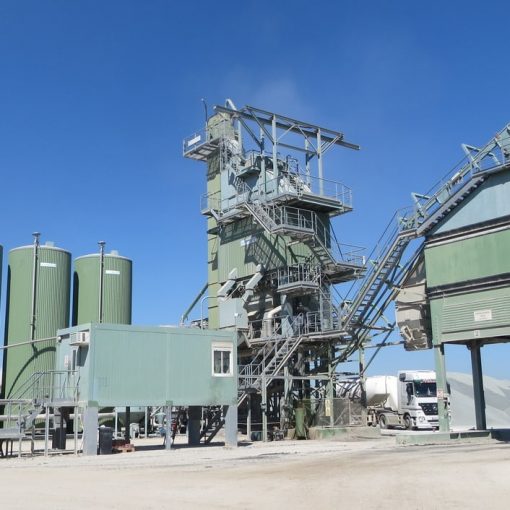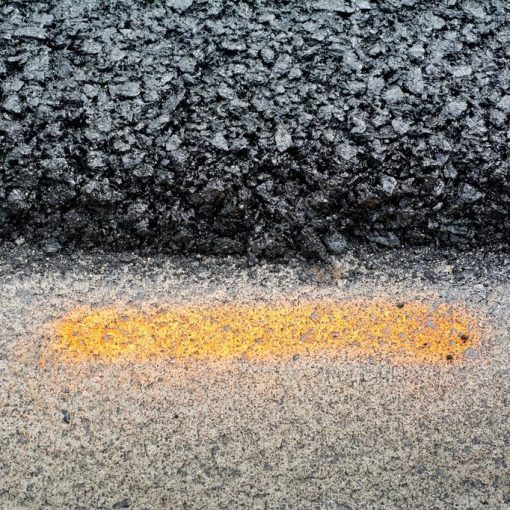Is it possible to influence that no potholes appear on the roads?
Asphalt holes are most often caused by moisture, as an effect of freezing and thawing cycles, traffic, insufficient load on the substrate or a combined effect of these factors. Apart from the fact that external atmospheric influences and traffic affect the appearance of potholes on the road, other reasons are improper and inappropriate use of materials, as well as due to the performance of the works.
Repairing potholes is necessary in all situations where they endanger safety. A well-made road has a much lower chance of potholes, as well as other deformations that occur on the road surface. Therefore, it is possible to act preventively by increasing the quality of the laid asphalt, which will significantly delay the appearance of all types of deformities.
How to treat holes that have already appeared on the asphalt?
Holes in the asphalt appear on all levels of traffic load and on all categories of roads. The repair of the holes is performed as part of regular maintenance, under normal conditions (warm dry), but also as an emergency intervention under difficult conditions. Modern materials and equipment should allow patching holes in the temperature range from 38 ° C to -18 ° C.
The repair is done in winter and spring. During the winter, when low temperatures prevail, the base material is frozen, there is a lot of moisture and a freezing and thawing cycle is possible. In the spring, the base material is moist and soft, and a freeze-thaw cycle is possible.
Patching holes in winter conditions is done during periods of snowmelt, when winter maintenance teams stop using plows, abrasives or salt. Warmer weather provides conditions for patching holes, but also for their formation. The shelf life of the patch made in winter is up to several months. The purpose of winter patching is not to permanently repair the damage, but to provide passability and safety as soon as possible.
The patch that is made in the spring period has a significantly longer lifespan compared to the winter patch. The goal is for the patch to last as long as possible.
Cold or hot patching of asphalt?
The repair of the holes with mixtures of hot asphalt concrete, which is still widespread in our country, is almost abandoned abroad. In European countries and other more developed parts of the world, patching is done with materials prepared by a cold process and patching procedures by spraying – injection (injection).
Cold asphalt patching
Several types of mixtures are used to repair potholes with cold-prepared mixtures.
The first type of mixtures prepared by cold procedure is produced in asphalt bases. Available aggregates and binders are used without considering compatibility or expected quality.
The second type of cold-prepared mixtures are produced according to the technical conditions prescribed by the organizations that will use them. The technical conditions mainly contain recommendations for the type of aggregate and the appropriate binder (compatibility of binder and aggregate), as well as criteria for the quality of the patch mixture. It is recommended to make test mixtures before producing a larger quantity.
The third type of cold mix is a licensed product. They are usually produced from local asphalt bases with a specially modified binder. These binders are produced by specialized companies, based on data on local aggregates, designed mixtures and technical conditions. These materials (as well as other cold-prepared materials) can be produced in larger quantities and later stored or packaged in bags for easier field handling. In the injection-injection method, this third type of mixture is most often used (the investor controls the aggregate, the binder and the mixture).
Making cold asphalt according to hot procedure
Cold asphalt is produced in a low temperature asphalt plant by mixing bitumen, selected aggregates and Flux VE additives, which guarantees cold workability. The mixture made in this way can be packed in bags and used as needed. After filling the hole with cold asphalt, the road is immediately passable. The asphalt hardens quickly from the traffic. It is recommended to clean the hole (to blow out the dust), to coat it with an adhesive emulsion and to fill it with a mixture for cold patching. Practice has shown that patching with this method (and the proposed mixture) can extend the life of the patched hole by up to two years.
Cold asphalt repair using 100% scratched asphalt
The simplest and most cost-effective method is cold repair with 100% recycled asphalt (RAP) with extended life.
Asphalt for patching in the cold period usually means temporary patching and the goal is to keep the patch until spring so that it can be patched with a warm procedure. That is no longer the case. Cold patch shelf life can be extended up to two years with the use of NANO regenerator.
The biggest advantage of this way of patching is that it is used with 100% recycled asphalt. The regenerator works by regenerating, ie reactivating the bitumen from the scratched asphalt. If the recycled asphalt is old and very oxidized, it is necessary to add only a slightly larger amount of this additive. Patching holes according to this procedure not only increases the quality of the patches, but also has financial advantages (it is more favorable than the classic patching according to the cold procedure). to be coated with an adhesion emulsion and then filled with cold adhesive mixture. After that, the road is immediately passable for traffic.
Recommended additives for cold patching:
- Flux VE
- Regenerator NANO








